SOURCE: RAUNAK KUNDE / NEWS BEAT / IDRW.ORG
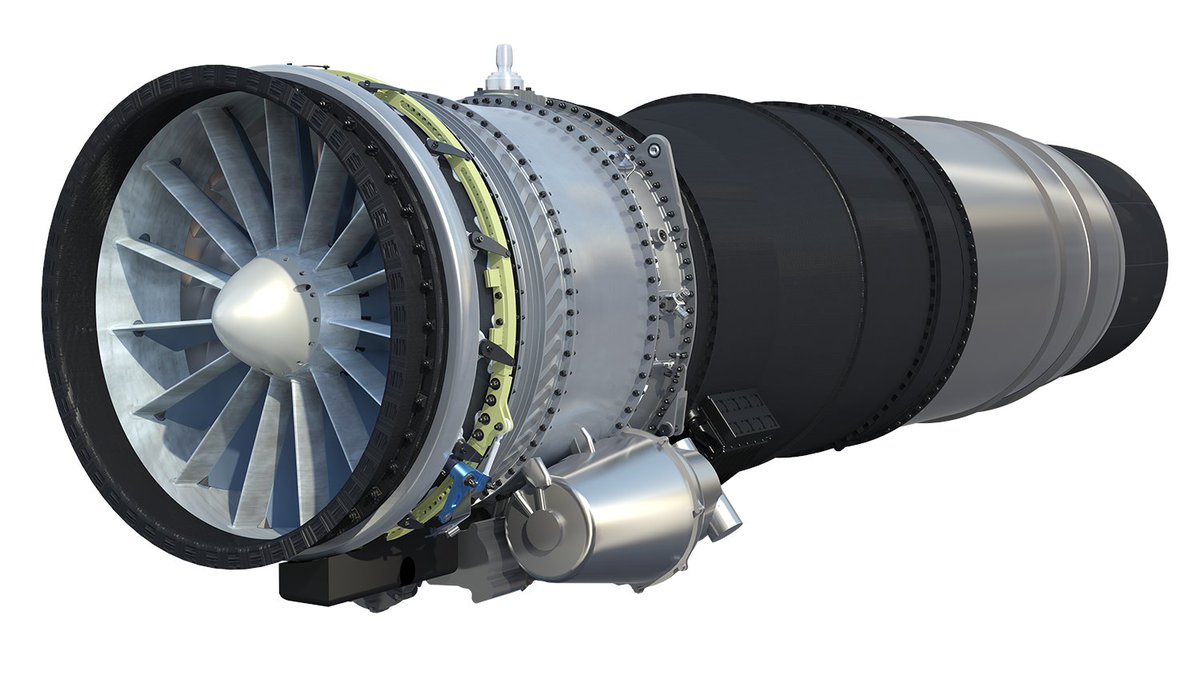

Dr Sanjay Kumar Jha, the Director (Production & Marketing) and Chairman & Managing Director of Mishra Dhatu Nigam Limited (MIDHANI) has confirmed the company’s proactive involvement in India’s cutting-edge defence projects. MIDHANI is set to play a crucial role in developing materials for the upcoming 110-kilonewton (kN) thrust engine, part of the Advanced Medium Combat Aircraft (AMCA) program, and also for the F-414 engines in the Tejas MkII program.
MIDHANI is already in discussions with the Gas Turbine Research Establishment (GTRE), a key laboratory under the Defence Research and Development Organisation (DRDO). The focus is on developing high-performance materials essential for the 110kN thrust engine, which is a pivotal component of the fifth-generation AMCA fighter jets.
Continue readingSOURCE: RAUNAK KUNDE / NEWS BEAT / IDRW.ORG


The Indian Air Force (IAF) is set to significantly boost its aerial firepower with the planned acquisition of 500 units of the indigenously developed Gaurav Long Range Glide Bomb (LRGB). Developed by the Defense Research and Development Organization (DRDO), the Gaurav LRGB is a long-range, air-to-surface precision weapon designed to neutralize enemy targets with high accuracy.
Thanks to its wings, the Gaurav LRGB boasts an impressive range of over 80 kilometers, allowing the IAF to engage targets from a safe distance. Equipped with an inertial navigation guidance system with digital control, the Gaurav LRGB promises pinpoint accuracy, minimizing collateral damage.
Continue readingSOURCE: RAUNAK KUNDE / NEWS BEAT / IDRW.ORG


Adani Defence & Aerospace has emerged victorious in the race for the Netra II project, a significant development for India’s aerial defense capabilities. Adani Defence & Aerospace has been has been declared as the L1 entity for integration and delivery of various sensors in the project along with DRDO.
Centre For Air Borne System (CABS) of DRDO that has developed the most of the primarily and Secondary sensors will be Transferring its ToT for further Production to the firm. The Netra II project will see development of six Airborne Early Warning and Control (AEW&C) aircraft. These advanced systems act as force multipliers, offering unmatched capabilities in detecting and tracking airborne threats like enemy aircraft, missiles, and drones.
Continue readingSOURCE: RAUNAK KUNDE / NEWS BEAT / IDRW.ORG
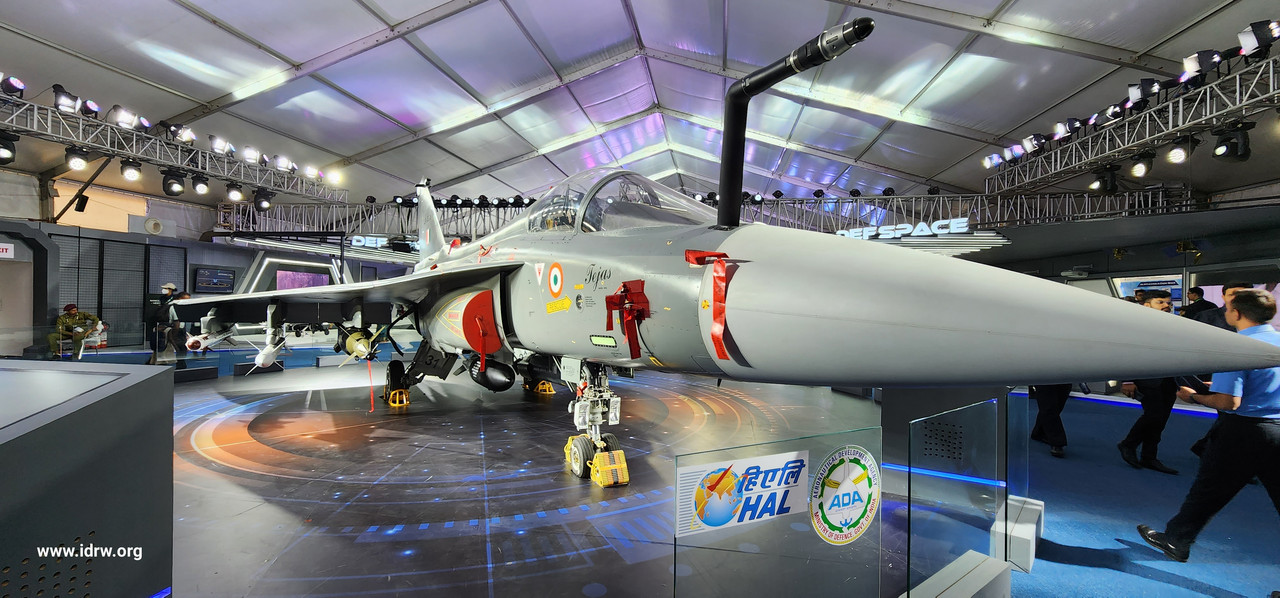

The Nashik region is experiencing an economic resurgence after a period of hardship. The closure of the Su-30MKI production line led to a significant decline in component orders, forcing around 400 local suppliers to shut down their shops. However, the inauguration of the third Light Combat Aircraft (LCA) Tejas production line in Nashik signals a brighter future.
This new line is poised to be the birthplace of the first LCA-Tejas Mk1A later this year. The project is expected to breathe new life into the local economy. Nashik’s selection isn’t a coincidence. The large presence of Hindustan Aeronautics Limited (HAL) in Bangalore, coupled with the existence of two existing LCA-Tejas production lines there, made it a natural fit.
Continue readingSOURCE: RAUNAK KUNDE / NEWS BEAT / IDRW.ORG
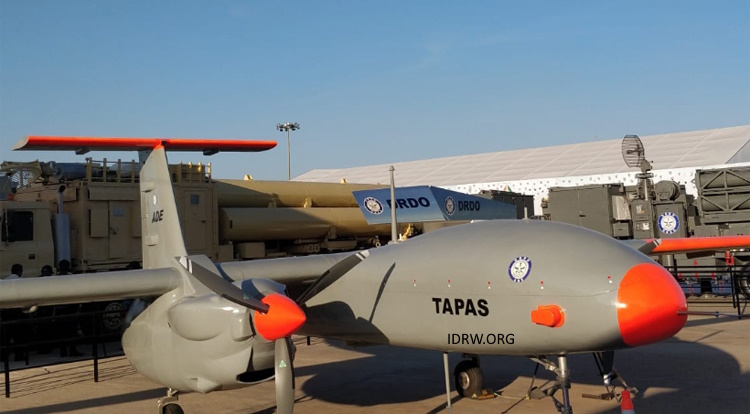

The Defence Research and Development Organisation (DRDO) is gearing up for a crucial test of its Tapas Medium Altitude Long Endurance (MALE) Unmanned Aerial Vehicle (UAV). In the coming months, Tapas will attempt to reach an altitude of 32,000 feet, a significant improvement over its previous performance.
This push for higher altitude capability comes after DRDO implemented weight reduction and drag reduction measures on the Tapas. These modifications aim to enhance the UAV’s overall performance and meet the Indian Air Force’s (IAF) requirements.
Continue readingSOURCE: RAUNAK KUNDE / NEWS BEAT / IDRW.ORG

The US defence industry is ramping up its efforts to secure a foothold in India’s massive military modernization plans. Following its offer to co-develop Stryker-based armoured vehicles, the Pentagon now sets its sights on the colossal Future Ready Combat Vehicle (FRCV) program.
The FRCV project, valued at Rs 57,000 crore, aims to replace India’s ageing fleet of T-72 tanks with 1,770 next-generation combat vehicles by 2030-35. These advanced machines will boast cutting-edge features like Artificial Intelligence (AI), integrated drone capabilities, and active protection systems.
Continue readingSOURCE: RAUNAK KUNDE / NEWS BEAT / IDRW.ORG
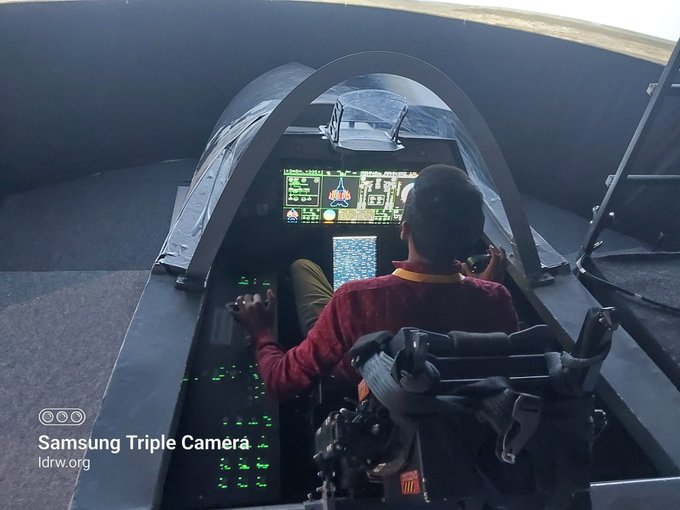

The Indian Air Force’s (IAF) dream of a homegrown fifth-generation fighter jet, the Advanced Medium Combat Aircraft (AMCA), is inching closer to reality. Following approval from the Cabinet Committee on Security (CCS) earlier this year, the development program has received a significant boost.
According to information obtained by idrw, the first prototype of the AMCA is expected to take flight within the next four and a half years, placing its first flight in late 2028. Industry sources have revealed that while the rollout of the first prototype might happen by late 2027 or early 2028, work on the second prototype will progress simultaneously. This ensures the second aircraft is ready to join developmental flight trials by 2029.
Continue readingSOURCE: RAUNAK KUNDE / NEWS BEAT / IDRW.ORG
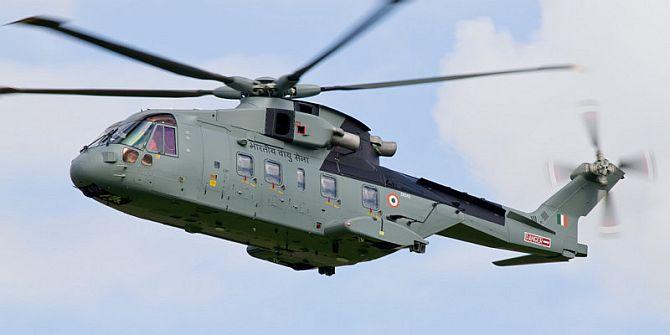

The Indian Air Force (IAF) is reigniting its quest for a new fleet of helicopters to transport the country’s VVIPs, including the President, Vice President, and Prime Minister. This move comes nearly a decade after the controversial AgustaWestland deal collapsed due to corruption allegations.
The IAF headquarters is currently finalizing the Air Staff Quality Requirements (ASQR) document, which outlines the essential characteristics of the desired VVIP helicopter. This crucial document dictates factors like quality standards, technical specifications, budget constraints, and the level of competition expected from potential bidders.
Continue readingSOURCE: RAUNAK KUNDE / NEWS BEAT / IDRW.ORG


As the battlefield transforms into a digital landscape, modern fighter jets are no longer just marvels of engineering, but integrated weapon systems heavily reliant on sophisticated software. This is precisely why the Indian Air Force’s (IAF’s) Tejas MkII program prioritizes adaptable software as a critical factor for its longevity and combat effectiveness.
Unlike traditional methods where software updates can take months of development and testing, the Tejas MkII program will focus on adaptable software. This allows the IAF to iterate and update software functionalities within a timeframe of weeks, ensuring the aircraft stays ahead of the curve in a rapidly evolving technological landscape.
Continue readingSOURCE: RAUNAK KUNDE / NEWS BEAT / IDRW.ORG
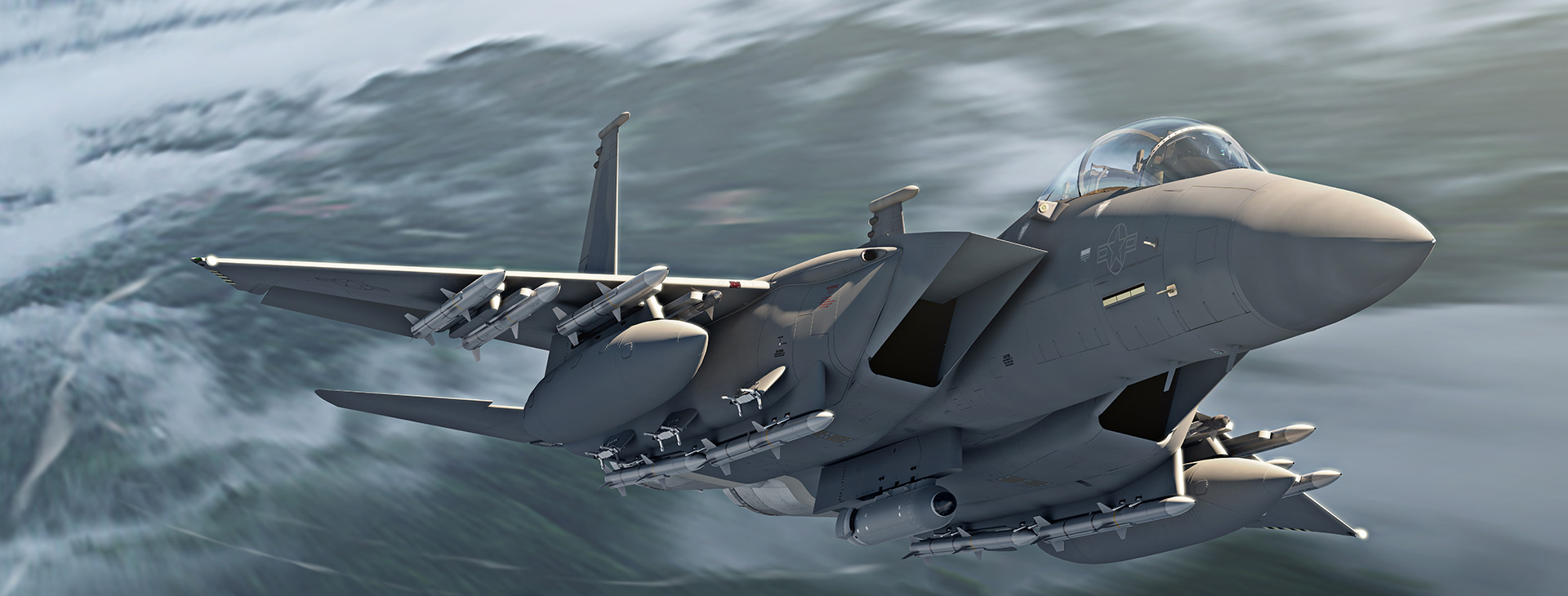

The upcoming multinational air exercise Tarang Shakti in August 2024 will see the participation of the United States Air Force (USAF), with the F-15E Strike Eagle taking centre stage. This deployment holds particular significance for India, as Boeing has offered the F-15EX, a more advanced variant of the F-15E, for the Indian Air Force’s (IAF) Multi-Role Fighter Aircraft (MRFA) tender.
While the F-15E participating in Tarang Shakti isn’t the exact variant offered for the MRFA, it provides a valuable opportunity for the IAF to witness the Strike Eagle’s capabilities firsthand. The F-15E boasts a proven track record as a dual-role fighter bomber, capable of air-to-air combat and long-range precision strikes.
Continue readingSOURCE: RAUNAK KUNDE / NEWS BEAT / IDRW.ORG

India’s efforts to develop a Laser Ordnance Disposal System (LORDS) have seen some progress, with the Acceptance of Necessity (AoN) granted for two variants: LORDS-N and LORDS Mk1. However, details regarding their current deployment status remain undisclosed.
LORDS is a Directed Energy Laser System designed to neutralize unexploded ordnances (UXOs), surface-laid mines, improvised explosive devices (IEDs), and other above-ground explosive threats. This innovative system operates from safe stand-off distances ranging from 30 to 250 meters, safeguarding personnel from the dangers of bomb disposal.
Continue readingSOURCE: RAUNAK KUNDE / NEWS BEAT / IDRW.ORG
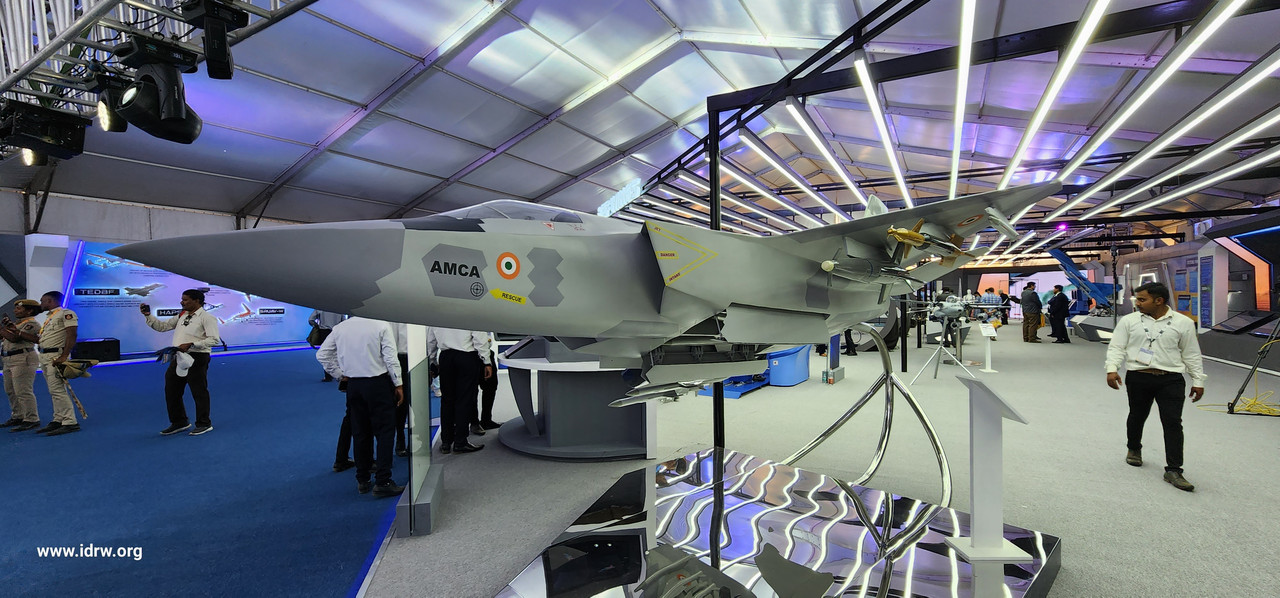

The Aeronautical Development Agency (ADA) under DRDO has achieved a significant milestone in the development of India’s indigenous 5th-generation fighter jet, the Advanced Medium Combat Aircraft (AMCA). Dr. Samir V. Kamat, Secretary DD(R&D) and Chairman of DRDO confirmed that the crucial process of stealth shaping for the AMCA has been finalized.
Dr. Kamat emphasized the importance of shaping in achieving low radar cross-section (RCS), a defining characteristic of stealth aircraft. He explained that roughly 70% of a fighter jet’s stealth capability stems from its shaping, with the remaining 30% contributed by specialized materials.
Continue readingSOURCE: RAUNAK KUNDE / NEWS BEAT / IDRW.ORG
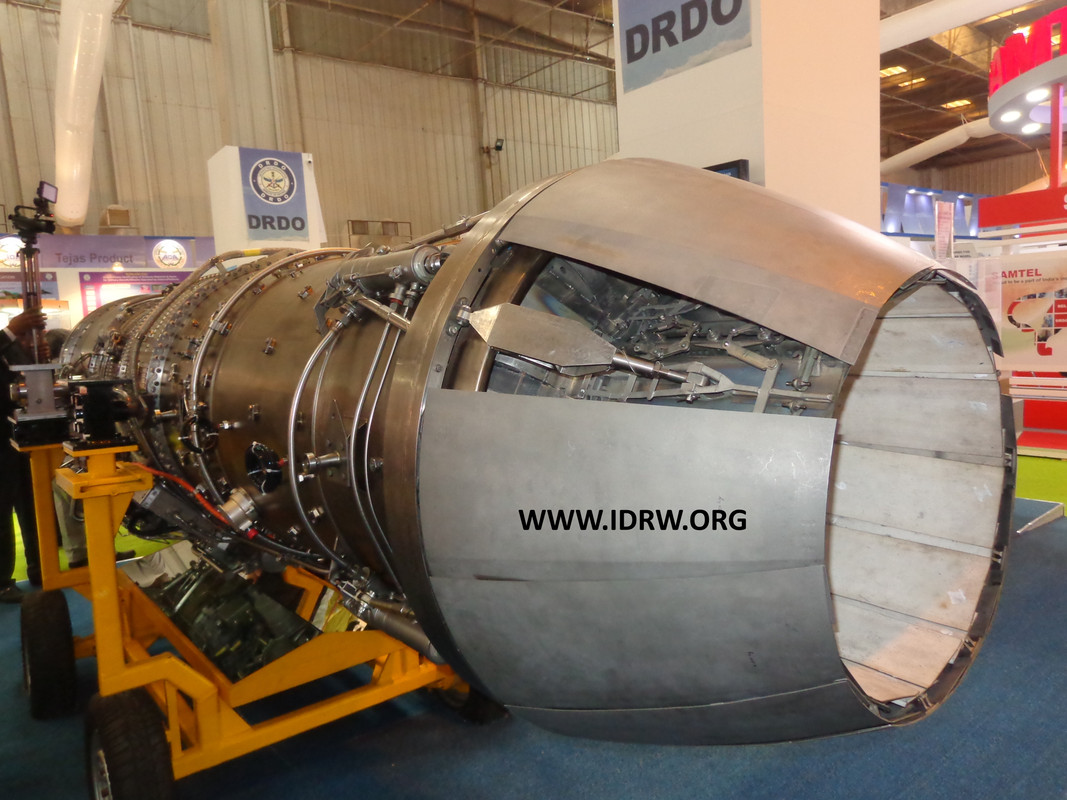

In a major advancement for India’s indigenous jet engine program, the Kaveri derivative engine, which is being designed to be mated with a new afterburner module, is set to see a significant reduction in weight.
The Defence Research and Development Organisation (DRDO) has made notable strides in the development of the Kaveri derivative engine. Through meticulous engineering and innovative design, the weight of the engine, along with the afterburner section, has been reduced from earlier prototypes. The current combined weight stands at approximately 1180 kg, down from 1235 kg, and significantly less than the initial prototypes which weighed over 1400 kg.
Continue readingSOURCE: RAUNAK KUNDE / NEWS BEAT / IDRW.ORG
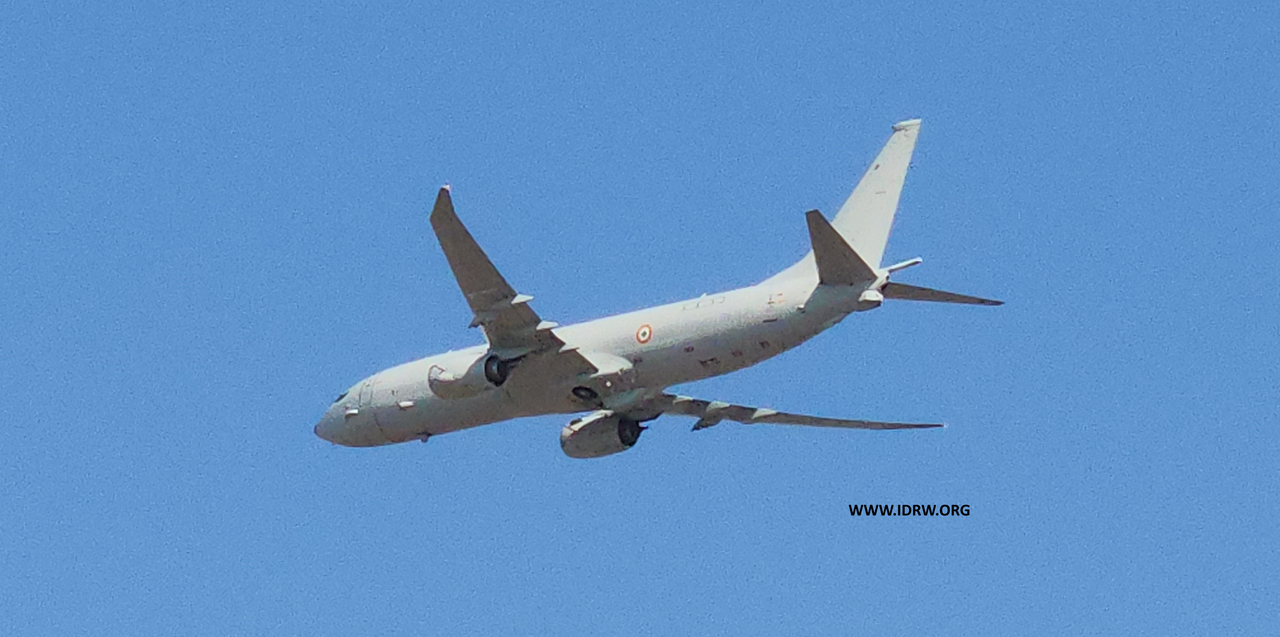

The Naval Science and Technological Laboratory (NSTL) of India has made significant progress in bolstering the country’s anti-submarine warfare capabilities. Their indigenously developed Advanced Light Torpedo (ALWT) is set to be integrated with the P-8I maritime patrol aircraft, significantly enhancing India’s aerial anti-submarine defence.
The ALWT is a lightweight, dual-speed torpedo designed for launch from various platforms, including ships, helicopters, and now, fixed-wing aircraft. Previously, NSTL had successfully tested an air-launched torpedo prototype in 2021 using the Il-38 maritime patrol aircraft fleet, which has since been retired.
Continue readingSOURCE: RAUNAK KUNDE / NEWS BEAT / IDRW.ORG
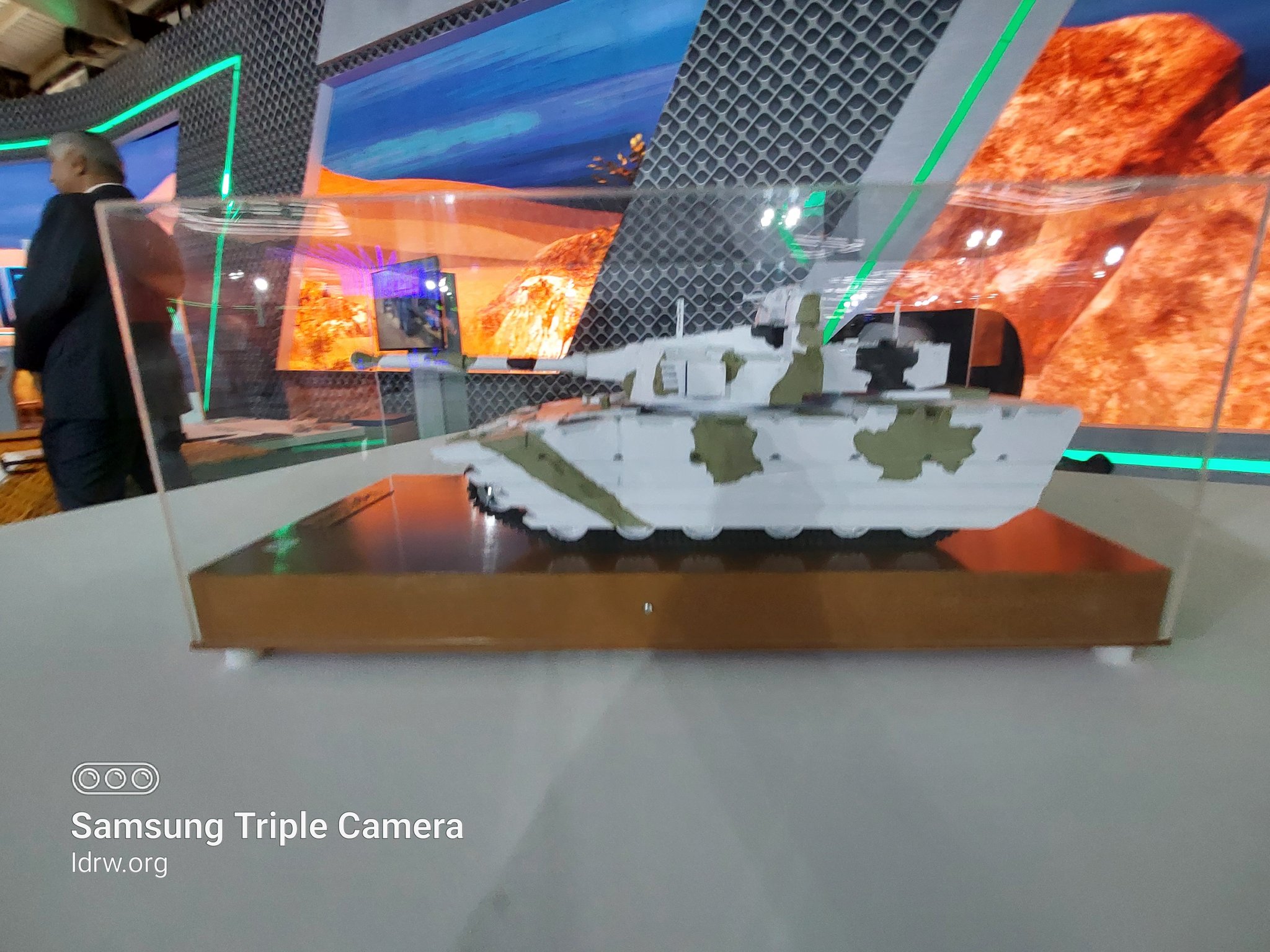

Dr. Samir V. Kamat, Secretary of Defence Research and Development (DD R&D) and Chairman of the Defence Research and Development Organisation (DRDO), has provided a significant update on India’s ambitious Light Tank program.
According to Dr Kamat, the internal development trials for the Light Tank, which began earlier this year, are expected to conclude within the next one to one and a half years. Following these trials, the tank will be offered to the Indian Army for user trials, with hopes for induction by 2027.
Continue reading